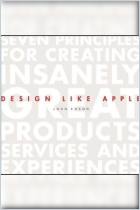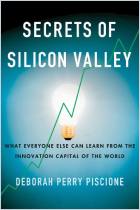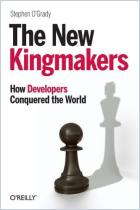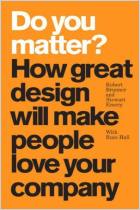
Recommendation
Stanford professor Barry M. Katz’s impressive, primary-sourced and research-backed analysis of the important yet often disregarded role that designers played in shaping Silicon Valley offers a true insider perspective on the development of design in the 20th and 21st centuries. Katz’s nonlinear style, at times, obscures his thorough account of the way various designers and their innovations fit into the timeline of Silicon Valley’s history. Sometimes his entertaining narrative devolves into recitations of lists of names and achievements. Ultimately, however, Katz makes a compelling case for how and why design’s role in Silicon Valley – and beyond – shifted from a backbench support function to a front-line position in product development. He also explores the advent of “Design Thinking” and its impact on design’s future. getAbstract recommends his treatise to design professionals and lay enthusiasts who wish to know more about design history and philosophy.
Summary
About the Author
Barry M. Katz is professor of industrial and interaction design at the California College of the Arts, consulting professor in the design group at Stanford University as well as a fellow at IDEO, Inc. He co-wrote Change by Design and Nonobject.



















Comment on this summary